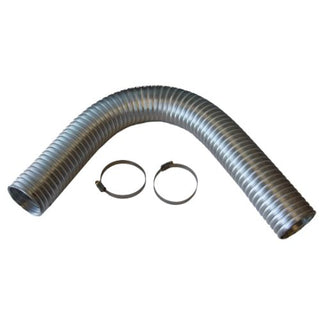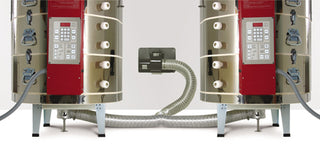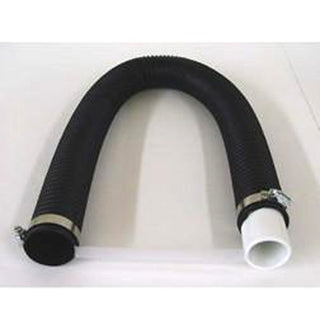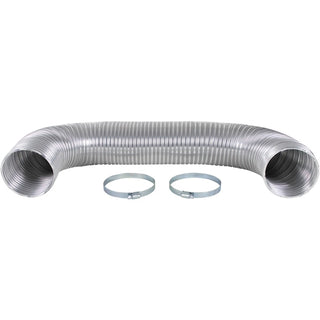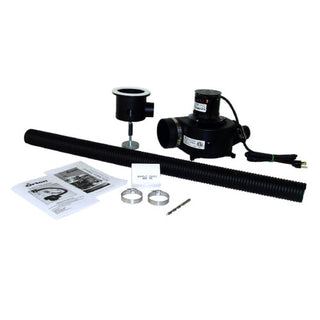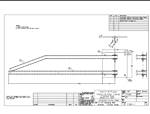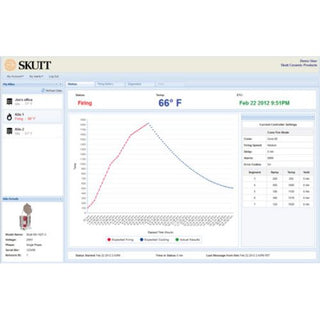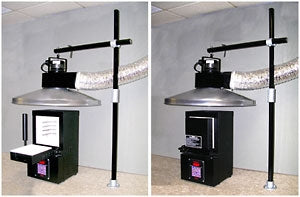Choose a sub category:
Kiln Venting Systems
Venting the kiln of fumes is essential to producing quality ware. All products fired in electric kilns contain organic materials that make carbon monoxide and other fumes when they are burned. Fumes released may contain sulfur oxides, hydrogen fluoride and metal vapors, depending on the products fired. Carbon monoxide and other fumes can affect the color and properties of the fired product if they are not removed from the kiln earlier in the firing.Venting fumes from the room is essential to creating a quality work enviroment. OSHA has set standards for carbon monoxide exposure of 35 ppm (parts per million) for long-term exposure and 200 PPM for short-term exposure. Independent testing has shown that fumes near the kiln can exceed 200 PPM near the kiln during the firing of greenware. This can cause headaches, fatigue, sore throats and nausea.
Do I need to vent my kiln?
- Unburned carbon in bisque ware that causes crazing, pinholes or blisters during glaze firing. The extra oxygen than the vent introduces with help with more complete combustion.
- Dulled surfaces and cloudy colors.
- Weak colors in red-orange-yellow glazes.
- Color migration caused by glaze fumes depositing on nearby ware.
- Cones which bend improperly due to inadequate oxygen.
Way to Vent a Kiln :
- Natural ventilation from open doors and windows
- Room ventilation fans
- Convection canopy collection kiln vent hoods
- Mechanical fan collection kiln vent hoods
- Mechanical downdraft vent systems
OUR PROCESS
Natural Sheffield Clay is mined on our property from as seen at one of the open clay pits. The Sheffield Clay deposit is located in Sheffield, Massachusetts, on U.S. Route 7 in the Southwest corner of Berkshire County.


